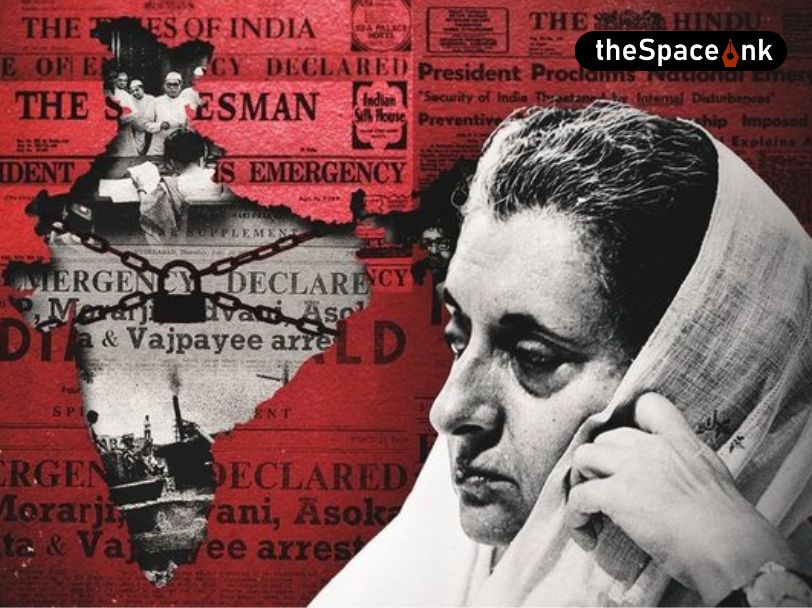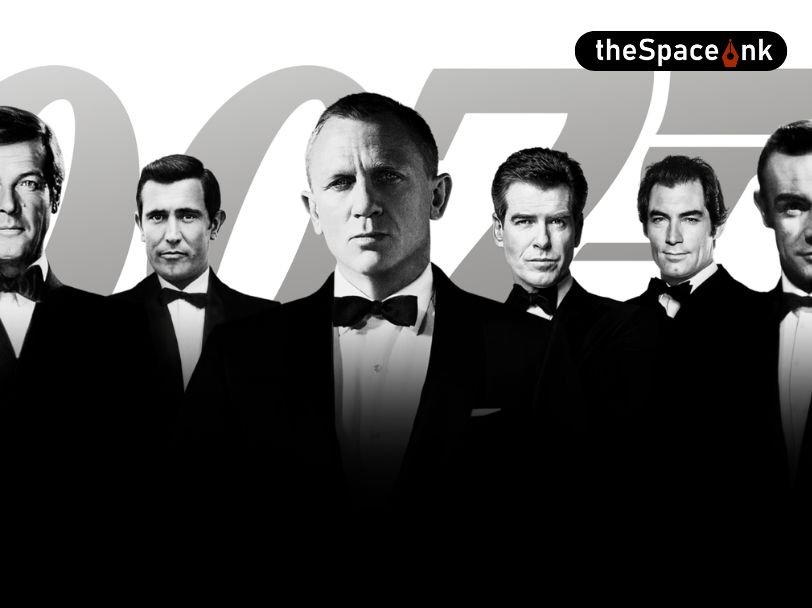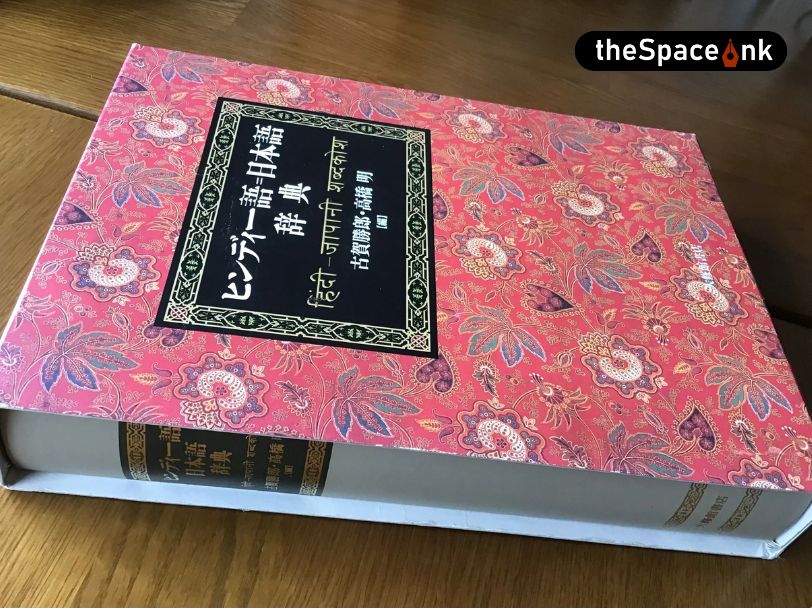The mention of the word ‘freedom,’ kindles all the strong emotions that are mirrored best by Rabindranath Tagore’s poem, Where the mind is without fear. These words might have been written during the period when India was fighting to gain independence from her colonizers, but Tagore’s concept of freedom is all-encompassing and relevant to this day, for who doesn’t desire to live without fear and with dignity. A couple of days ago we celebrated our Independence and saluted the courage of the common people who gave up their lives for their motherland, our hearts swelled with pride. But while we look back seventy-five years at the journey and progress we have made as an independent nation, it isn’t possible to do so without taking into account the status of women’s freedom and gender equality in our society.
The nation’s freedom wasn’t an isolated idea of political freedom alone. Women’s freedom aligned closely with India’s revolutionary movement, and it became soon evident when our spirited women revolutionaries, (many of whom belonged to Bengal), along with fighting the colonial oppressors, took to overthrowing prevalent social evils. Evils that were equally stifling and oppressive but got hardly acknowledged as a problem that called for a solution, let aside an outright revolution. Women recognized this truth and took it upon themselves to become the flag bearers of the change they desired to see in their lives. The only difference was that fighting the British was rather straightforward. Women could readily join revolutionary organizations, take up arms and even plan an assassination of English officers – but challenging the status quo of their own society of which they and their families were very much a part, was rather tricky and needed to be approached with tact and discretion. Interestingly, some women devised their own ingenious ways to show their disapproval and protest against the stereotypical ideas that they were familiar with, within the folds of their own family. For example, some chose to study Mathematics to challenge the social belief that women were inferior to men in talent and intelligence, or simply acquired an education.

Women who joined the revolutionary movement during the nineteenth century became advocates of female education and these organizations gave them a public space away from their families and the confines of their homes to be able to express themselves freely. Before this, mostly women from families who believed in the Brahmo ideology (known for their progressive ideas), received formal education with a sprinkle of others who had somewhat westernized ideas. But this slowly changed and many middle and upper-middle class households began to warm up to the idea of education of women and female education took a significant leap in this period. Girls were introduced to world literature that not only opened their minds, but also filled their hearts with hopes and dreams of freedom where women would be equal to men. Yet, despite the progress and the distance women have covered, the question of women’s freedom and gender equality remains unanswered!

While freedom of opinion and expression go hand in hand with women’s freedom and it’s imperative if women are to have equal agency in society and to be able to put an end to gender-based discrimination. But as women we all know where we stand. Far from enjoying this basic human right, freedom for women even to be themselves, is still like a tide that is constantly reaching for the shore and yet is pushed back to the same starting point. Sexism and misogyny continue to reign supreme not only in our own society that’s a classic example of a patriarchal social system, but worldwide, a fact that was recently recognized by the UN. In a report presented by UN Special Rapporteur Irene Khan, on gender justice and free expression, she called out authorities for ‘suppressing, controlling and punishing’ women’s voices and termed it as ‘dominant factors in gender censorship,’ especially with regard to digital space where women were being targeted with the objective to silence them.
Women’s concept of living in a free country appears incongruous within a regressive society. From having an opinion and expressing it without being subjected to online trolling, walking on the streets past midnight sans the fear of being catcalled or raped, dressing the way she likes without the moral police slut-shaming her, to not being guilt tripped for prioritizing their own happiness or labelled as selfish for not choosing to play the martyr; women are fighting a constant battle with the deep-rooted patriarchy to just be the way they want to be.
The nation’s freedom wasn’t an isolated idea of political freedom alone. Women’s freedom aligned closely with India’s revolutionary movement, and it became soon evident when our spirited women revolutionaries, (many of whom belonged to Bengal), along with fighting the colonial oppressors, took to overthrowing prevalent social evils.
It should then come as no surprise that India’s latest rank according to the World Economic Forum, is 135 in The Global Gender Gap Index for 2022, out of a total of 146 countries and it will take another 132 years before we achieve gender parity. While the attitude towards women considered eligible for equal pay has certainly made progress and according to the 2018 World Employment And Social Outlook Trends For Women report more women have joined the workforce than in the past, gender parity still seems like a distant dream for many countries, with economic empowerment and economic autonomy yet to become a reality for many women.
Apart from laws and policies, it’s the mindsets that have to change to be able to recognize and accept women as equal human beings who have a right to basic life choices whether it’s choosing a career path, a life partner, how to dress and whom to meet without the coercion of society or culture that reeks of patriarchy.
Images courtesy: Wikimedia Commons
Lesley D. Biswas is a freelance writer and children’s author based in Kolkata. Her interests include nature, bird photography and cricket.







